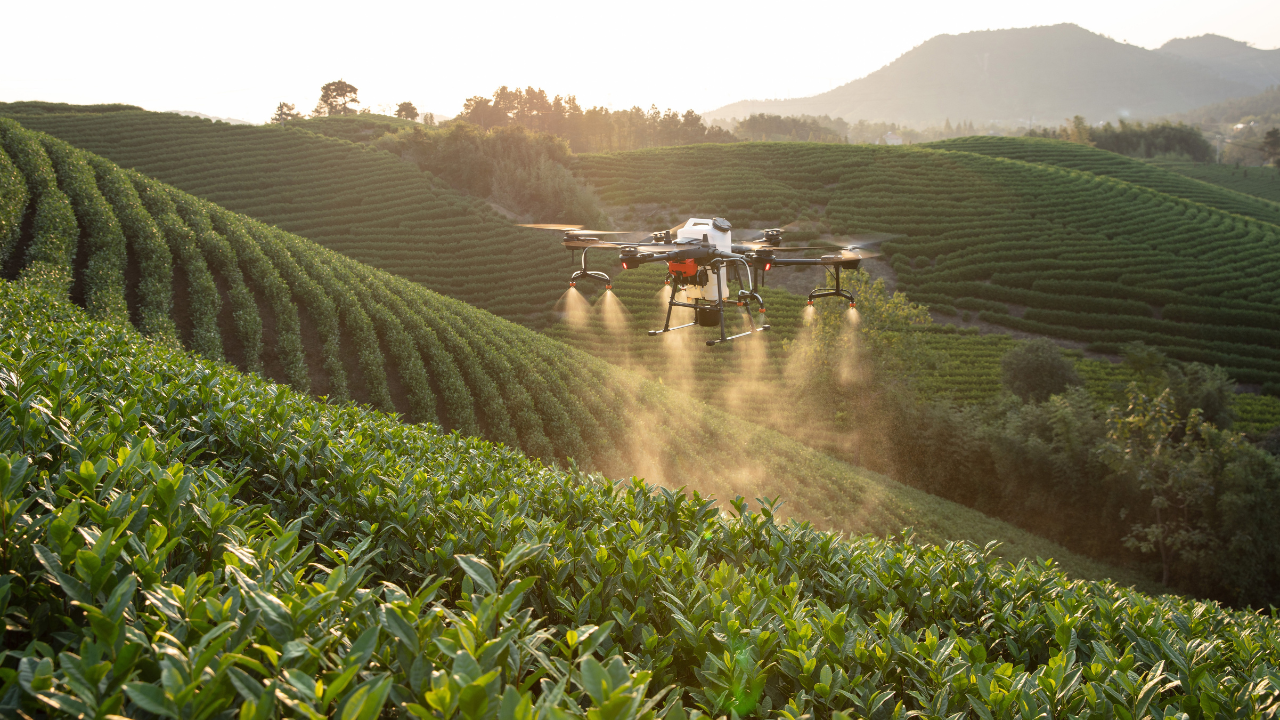Agriculture has always evolved with the times — from hand tools to tractors, and now to high-tech drones. Among the most revolutionary innovations of the 21st century is drone technology in agriculture, a game-changing tool helping farmers monitor crops, optimize yields, and manage resources more efficiently.
As we move toward an era of smart farming and digital transformation, this powerful technology is unlocking new opportunities for both small and large-scale farmers. In this blog, we’ll explore the benefits, challenges, and exciting future trends of drone technology in agriculture.
The Rise of Drone Technology in Agriculture
The adoption of drone technology in agriculture is skyrocketing, thanks to its ability to reduce labor, cut costs, and increase farm productivity. Equipped with advanced cameras, GPS, and sensors, agricultural drones can cover large areas of farmland in minutes — a task that used to take hours or even days.
These drones are essential tools in precision farming, enabling data-driven decisions regarding irrigation, fertilization, and pest control. With the help of drone mapping, farmers can create detailed, real-time maps of crop health and soil conditions.
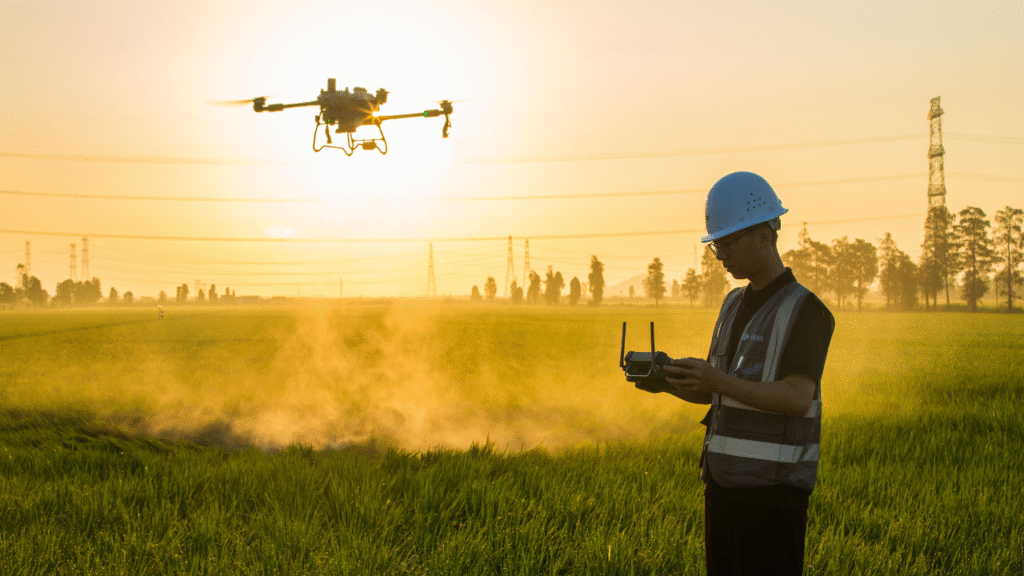
Key Benefits of Drone Technology in Agriculture
Let’s take a closer look at how drone technology in agriculture is improving efficiency and outcomes across the board:
1. Improved Crop Monitoring
Drones offer high-resolution aerial imagery that allows for real-time crop monitoring, identifying issues like pest infestation or nutrient deficiencies early on.
2. Efficient Resource Use
With remote sensing in agriculture, drones provide data that helps farmers apply water, fertilizers, and pesticides only where needed, reducing waste and promoting sustainable farming.
3. Cost and Time Savings
Tasks like crop inspection or drone spraying can be completed in a fraction of the time it takes manually, saving farmers both labor costs and effort.
4. Higher Yields Through Precision
Drones support precision farming by helping optimize planting, watering, and harvesting schedules, directly impacting yields.
5. Enhanced Decision-Making
Through AI-powered analytics and drone mapping, farmers can access actionable insights, leading to better farm planning and operations.
Clearly, the benefits of drone technology in agriculture are vast, touching nearly every aspect of the farming lifecycle.
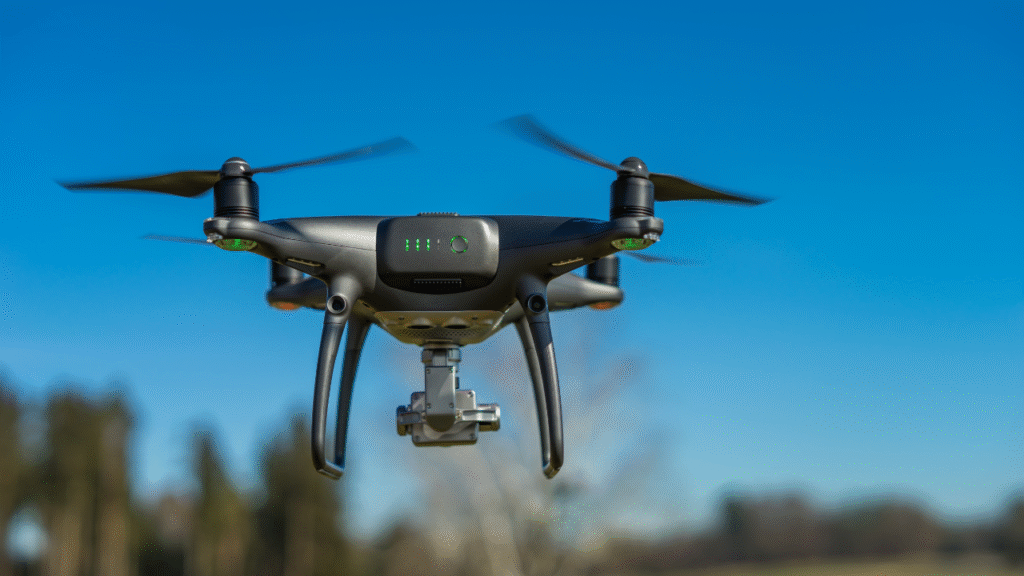
Challenges in Implementing Drone Technology
Despite its promise, drone technology in agriculture comes with a few hurdles:
1. High Initial Costs
Though costs are falling, advanced agricultural drones with sensors and data capabilities can still be expensive, especially for smallholders.
2. Technical Knowledge
Operating drones and interpreting their data requires technical training. This lack of digital literacy in rural areas is a significant barrier.
3. Regulatory Restrictions
Drone use is governed by airspace regulations that can vary by country. These rules sometimes limit drone flights near certain zones or above specific altitudes.
4. Limited Battery Life
Most drones have limited flight times (20–40 minutes), which can be a challenge for covering vast agricultural fields.
5. Connectivity Issues
In areas with poor internet or GPS signal, real-time data transmission can be unreliable — affecting the functionality of smart farming systems.
Still, with proper planning and investment in training, these challenges can be mitigated, making drone technology in agriculture more accessible over time.
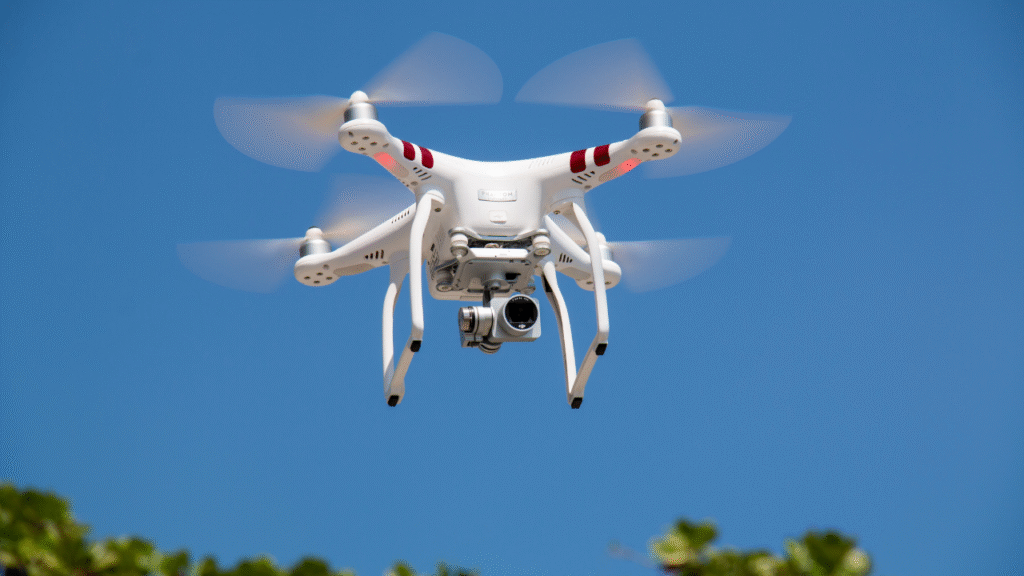
Future Trends in Drone Technology in Agriculture
The future of drone technology in agriculture is incredibly promising. Here are a few trends shaping what's next:
1. AI Integration
Drones will increasingly use AI for automated flight planning, real-time image analysis, and predictive modeling — taking AgriTech innovation to the next level.
2. Autonomous Drone Fleets
Expect to see multiple drones working together in coordinated missions — from planting seeds to monitoring crops — all part of large-scale farming automation systems.
3. Real-Time Crop Health Dashboards
Thanks to cloud platforms, farmers will soon get live updates and alerts based on drone mapping and environmental sensors, enhancing precision farming even further.
4. Enhanced Drone Spraying Capabilities
Smarter sprayers with variable rate application systems will make drone spraying more targeted and environmentally friendly.
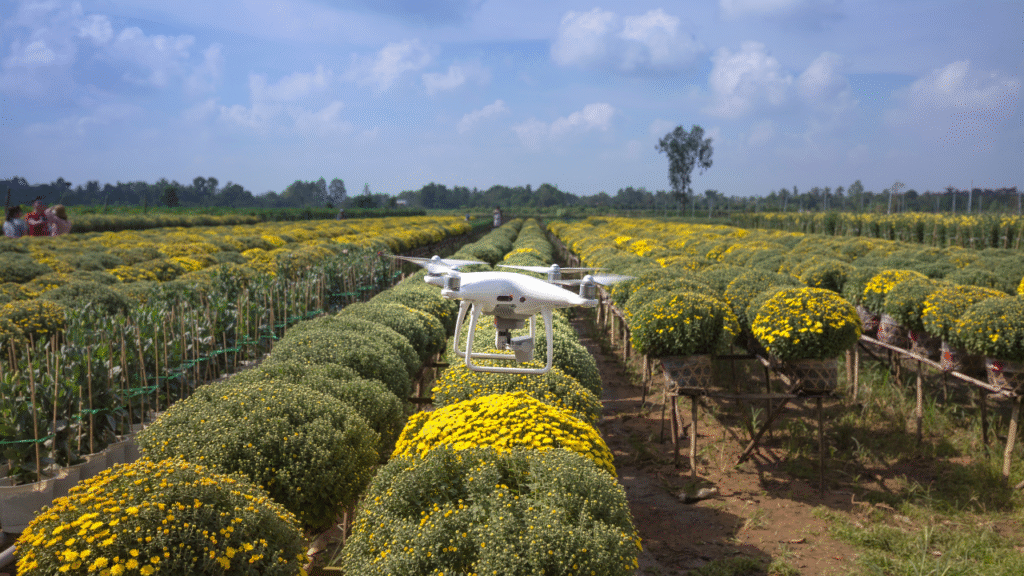
5. Increased Accessibility for Smallholders
As prices drop and user-friendly interfaces improve, drone technology in agriculture will become a core tool even for small-scale sustainable farming.
Global Impact: From Rural Fields to Commercial Farms
Whether it's a rice paddy in Vietnam or a cornfield in the U.S., drone technology in agriculture is making a global impact. It enables large agribusinesses to monitor thousands of acres and helps smallholder farmers reduce losses and boost profits.
In Africa, drone startups are helping farmers detect crop stress before it's visible to the naked eye. In South America, drone spraying is replacing traditional chemical applications with targeted, safer alternatives. And in Europe, remote sensing in agriculture is driving soil health regeneration programs.
Across continents, drone technology in agriculture is creating smarter, more sustainable food systems.
Final Thoughts
Drone technology in agriculture represents a major leap forward in how we grow, monitor, and manage crops. With benefits ranging from improved crop monitoring and water management to reduced chemical use and higher yields, drones are at the heart of the digital farming revolution.
Despite challenges like high costs and regulatory issues, the future is bright — especially with the rise of AgriTech innovation, smart farming, and greater investment in rural connectivity and education.
Whether you're a farmer, entrepreneur, policymaker, or AgTech enthusiast, one thing is clear: drone technology in agriculture is not just a trend — it's a powerful tool shaping the farms of tomorrow.



